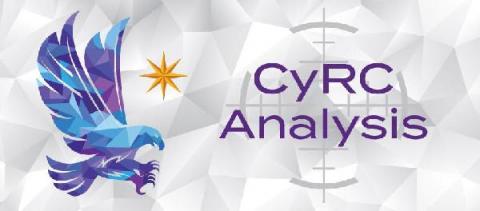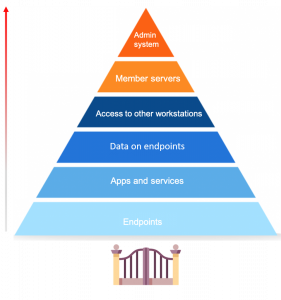Understanding Insider Threats: Definition and Examples
Insider threats remain one of the biggest issues plaguing cybersecurity. A study by Ponemon shows that the costs of insider threats leaped 31% in just two years, from $8.76 million in 2018 to $11.45 million in 2020. The same report shows that it takes companies an average of 77 days to contain an insider threat incident. Forrester predicts that insider threats will cause 31% of data breaches by the end of 2021, up from 25% in 2020.










